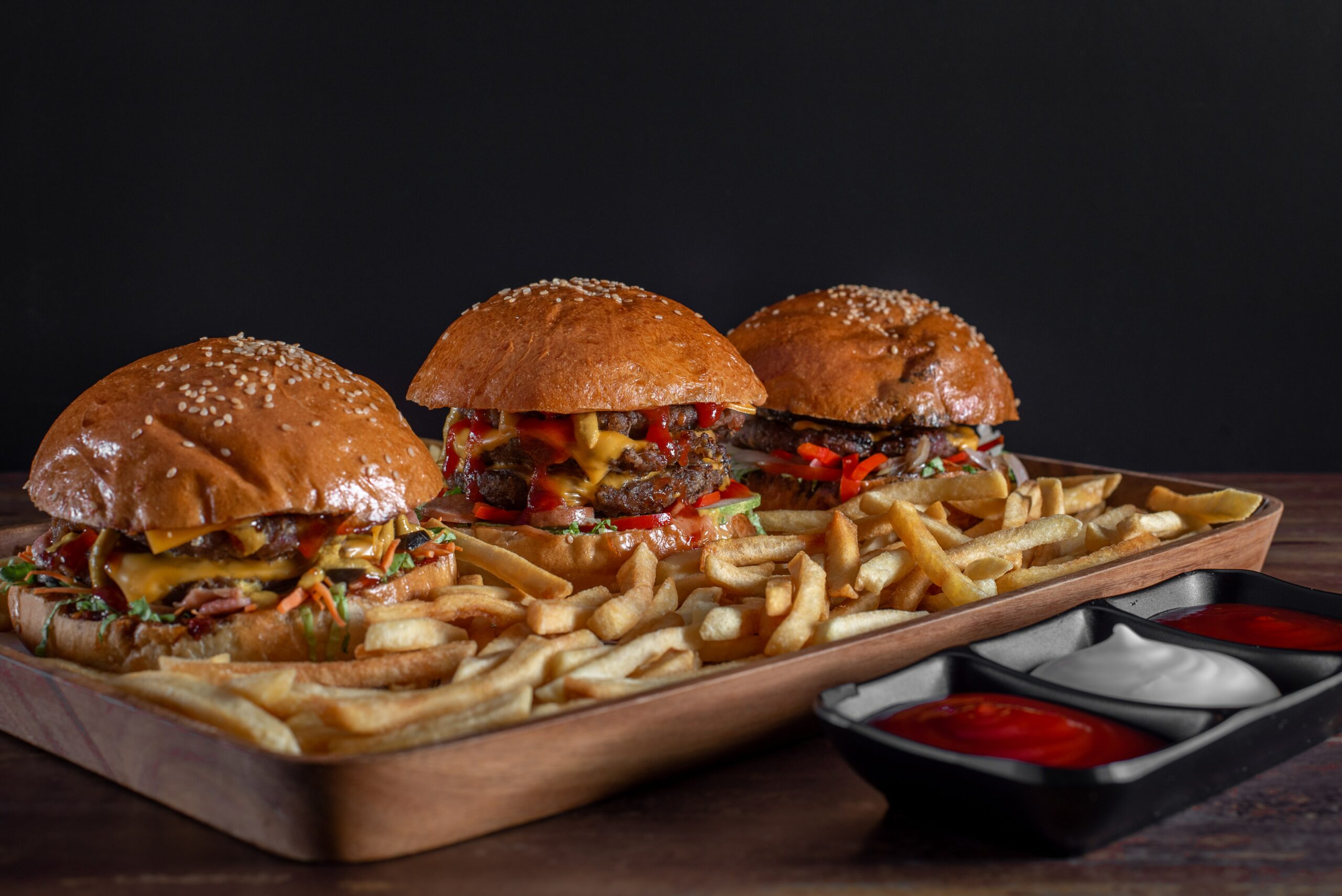UK brands are facing the limitations of new stringent regulations on the promotion of fatty, salty and sugary products, set to be introduced by the government later in the year.
But Joe Chetcuti, Director of Sheffield-based Front, believes this could really be an opportunity for advertisers, not a hindrance – embracing creativity and innovation can set a brand apart.
2022 looks set to be a challenging year for food and drink marketers, with the UK government set to implement new regulations regarding the promotion of products high in fat, sugar, and/or salt (HFSS).
At first glance the new regulations, which include a 9pm watershed on TV advertising and a ban on all paid-for digital advertising, look disastrous for any brand needing to thrive in such a competitive sector. But is this a real opportunity for positive change?
While the changes have been pushed back to the latter part of the year, it’s important that brands affected by the change start to prepare sooner rather than later.
And the first step? To stop focusing on the challenge and start looking at the opportunity.
Facing a ban is daunting
It may seem daunting to be faced with a ban that changes the fundamental approach to how things have been done for years – well-oiled machines and category norms suddenly thrown into disarray.
However, by reframing the challenge and approaching it from a different angle, these changes actually provide brands with a great opportunity to shift their creative approach.
Traditionally, campaigns for products have focused on the item or range itself – big images of the product and copy centred on attributes such as flavour, size or price.
With this approach no longer allowed across some channels, brands need to get smarter and more creative when it comes to engaging consumers.
Interestingly, the rules allow the promotion of HFSS brands rather than the products themselves. This subtle difference provides marketers with a great opportunity to focus on building their brands in a way that increases awareness across their entire product range and drives loyalty while moving them away from the old ways of product-based advertising.
For those that grasp the moment, this is a unique opportunity to support and follow the new rules whilst striving for category leadership.
It’s time for a creative shift
The new restrictions on advertising HFSS products will undoubtedly shake up the industry but, by making a transition from product-centric execution to a brand-centric one, advertisers have a great opportunity to embrace creativity within their campaigns.
But what does that actually mean in terms of creative approach? Historically, the most successful brands are those that have a distinct and singular proposition that resonates with its target audience. This singular proposition then acts as the cornerstone for all creative campaigns.
Uncovering that distinct and singular proposition is one thing, but combining that with key audience insights and translating that into a campaign execution that really hits home is another.
It’s also important to ensure that the articulation of this brand proposition has the ability to flex and shift according to product range. But fundamentally, sticking to that core proposition throughout your campaigns is what really builds that affinity between brand and consumer.












